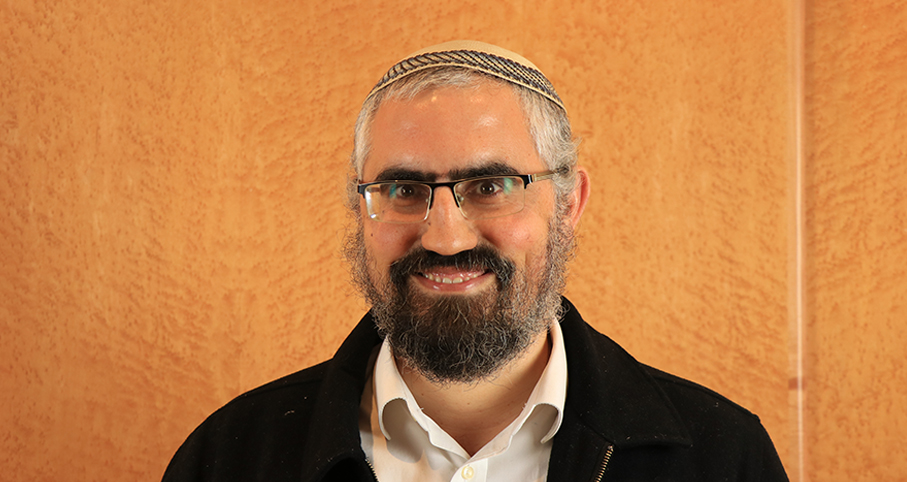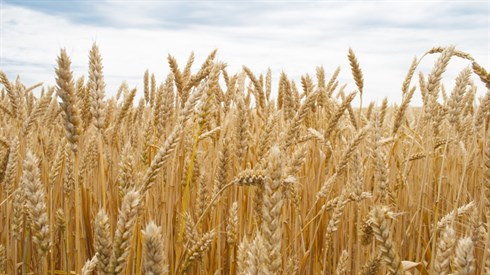- Torah Portion and Tanach
- Terumah
467
Hashem told Bnei Yisrael to take up a collection, make a sanctuary (mikdash), and form the utensils of the tabernacle (mishkan) (Shemot 25: 1-8). A few basic questions need to be asked: 1) How many mitzvot are included in these p’sukim? 2) Are these p’sukim talking about a mitzva for all generations and, if so, what is the need for the p’sukim in Devarim that talk about the Beit Hamikdash? 3) Is there a difference between a mishkan and a mikdash, both of which are mentioned within the p’sukim?
The Ibn Ezra says that our p’sukim are talking about only the Mishkan and not the Beit Hamikdash, the permanent edifice that would be built later in history. The reason that the Torah uses the term midkash here is because the Mishkan is a place for the Holiness of Hashem to dwell.
In contrast, the Rambam cites our p’sukim as the source for the ongoing mitzva "to build a house of worship where sacrifices will be brought and a constant fire will burn and to which people will go on pilgrimage and congregate every year" (Sefer Hamitzvot, Aseh 20). The Ramban derives two mitzvot from the p’sukim, both in regard to the Mishkan: to erect the structure and to build the utensils. According to the Ramban and Ibn Ezra, it is clear that the commandment in Devarim is needed for the Beit Hamikdash. According to the Rambam, though, that the Beit Hamikdash is included in the discussion here, why is there separate discussion elsewhere?
Rav Yisraeli explains that the idea behind the new commandment is the need for a special place where the mikdash will be located and that, as a result, other places will be disqualified. That is why the Rambam calls it the Beit Habechira (the house of choice), along the lines of the pasuk "the place that Hashem will choose". Tosafot understands that the Beit Hamikdash’s difference is that it must be a permanent structure, not a tent.
While thinking about these concepts, we fulfill the mitzva of "inquiring about the Divine Presence." It is also important to realize that past generations wasted historical opportunities due to a lack of preliminary preparation of studying the issues. The fact that we are missing the Beit Hamikdash should bother every Jew. Without such a palpable feeling it is difficult to struggle to obtain and maintain the holy sites. Let us hope that we will succeed in internalizing and actualizing the dream.
Change our nature
For Parashat Trumah
Rabbi Berel Wein | Adar 5773

Parashat Hashavua: Gold, Silver, Precious Stones – Closeness to Hashem (part I)
Rabbi Yossef Carmel | Shevat 5785
The Inner Beauty
Rabbi Hillel Mertzbach | 7 Adar 5784

A "House" for God
Parashat Terumah
Rabbi Pinchas Winston | 5765

Davening Late with a Minyan
Rabbi Daniel Mann | Adar I 29 5779

Birkat Kohanim – The Priestly Blessing
Chapter Twenty-Part One
Rabbi Eliezer Melamed | 5775

What Will the Neighbors Think?
The laws of Marit Ayim
Rabbi Yirmiyohu Kaganoff | Thursday, 27 Cheshvan 5768

The Musaf of Rosh HaShanah
Rabbi Yirmiyohu Kaganoff | Elul 5768

P'ninat Mishpat: Unsuccessful Transfer of Yeshiva – part IV
based on ruling 82138 of the Eretz Hemdah-Gazit Rabbinical Courts
Beit Din Eretz Hemda - Gazit | Nisan 5784






